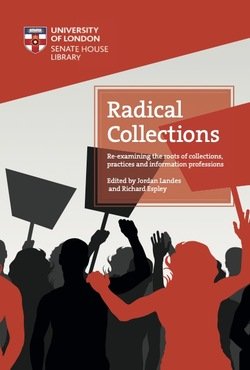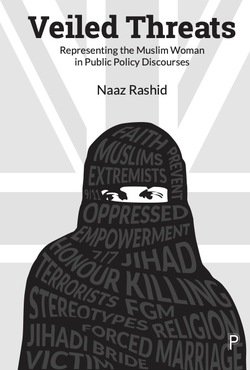By The Philadelphia Interagency Research and Public Safety Collaborative (PIRPSC)
Firearm violence in Philadelphia is a public health crisis. In 2021, Philadelphia suffered a record number of fatal criminal shooting victims (501) and non-fatal criminal shooting victims (1,850). Philadelphia has also experienced extraordinary recent increases in arrests for illegal firearm possession and crime guns recovered, while the Commonwealth has recorded record gun sales in 2020. Despite this crisis in gun violence, shooting arrest rates remain low, conviction rates in illegal gun possession cases have been declining since 2015, and conviction rates in shooting cases declined between 2015 and 2019 and increased modestly in 2020 and 2021.
Firearm violence in Philadelphia is a racial justice crisis. Shootings disproportionately impact Black communities: in Philadelphia over 80% of shooting victims and 79% of arrestees have been Black since 2015. Both victims and arrestees overwhelmingly come from disadvantaged neighborhoods that are majority non-white, have high rates of poverty and unemployment, and less likely to have a high school degree or diploma. Endemic violence in these communities means that the vast majority of those arrested for gun violence have themselves been previously traumatized, often as a witness to previous violent acts; over 80% have previously accessed or been screened for behavioral health services through the City. Because the causes of gun violence are complex and varied, so are the solutions. Addressing the gun violence crisis requires a comprehensive strategy with elements of enforcement, intervention, and prevention to achieve both short-term and long-term reductions in gun crimes. Collaboration among city agencies, including law enforcement and non-law enforcement agencies is critical to successfully implement such a comprehensive strategy. Reviews of evidence-based practices, along with data analysis of local data, have helped us to come to key findings related to gun violence in Philadelphia and have informed recommendations to stem that violence. Readers are encouraged to read both the summary, below, as well as the report in its entirety to understand the context of our recommendations as well as the limitations in both our data and data analyses.
Philadelphia: Philadelphia Interagency Research and Public Safety Collaborative (PIRPSC) 2022. 196p.





















